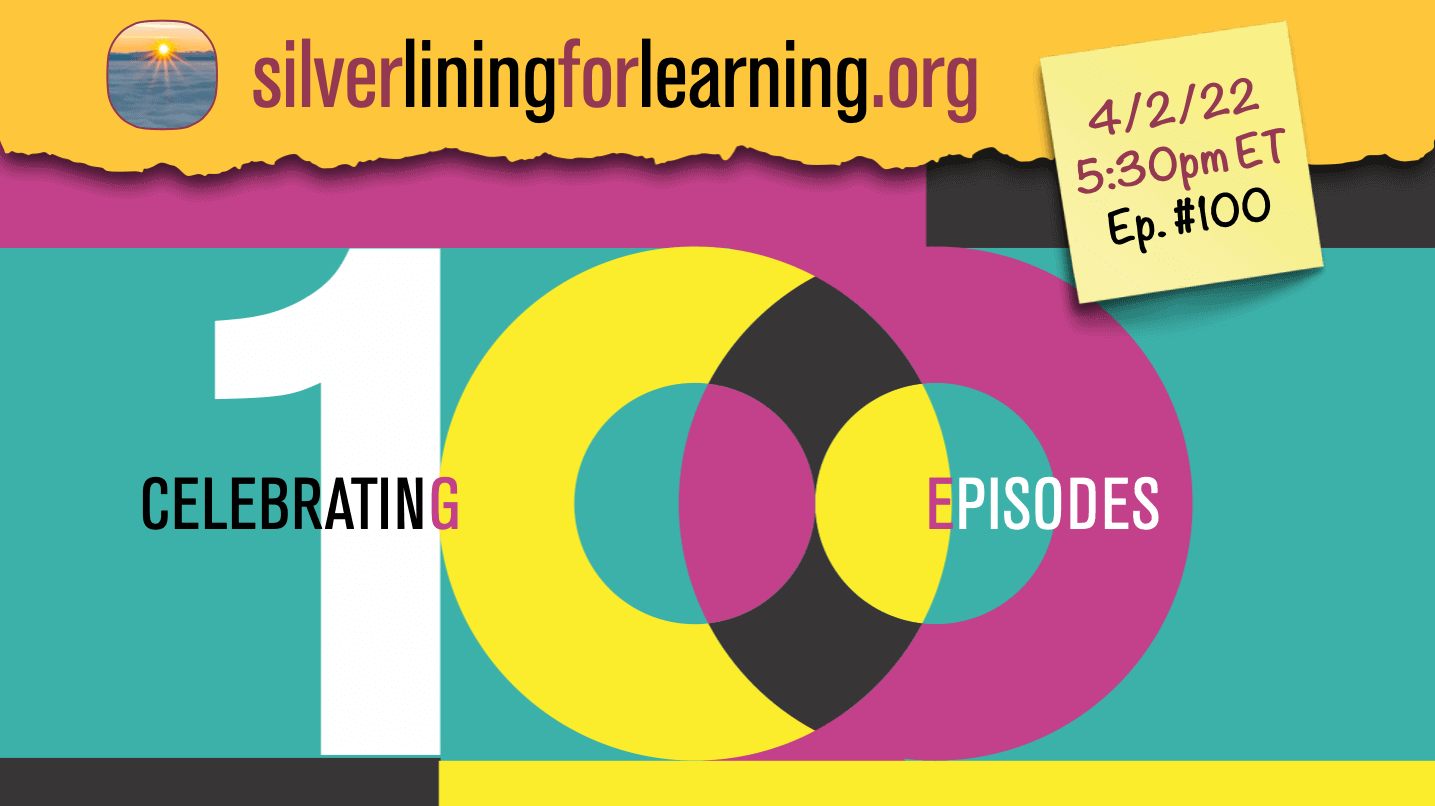Space filling web for the word “WEB”
(created from the same shape repeated and rotated)
I recently received a request (via ResearchGate) for something I had written back in 2004. In looking for it I realized that it had not been updated on my website. So below is the complete reference, abstract and link to a pdf.
Peruski, L., Mishra, P., (2004). Webs of activity in online course design and teaching. ALT-J, Research in Learning Technology Vol. 12, No. 1. p. 37-49.
Abstract: In this study, we followed three faculty members’ experiences with designing and teaching online courses for the first time. In order to complete the activity, the faculty members had to work collaboratively with others across the university. Activity theory provided a framework within which to study faculty members’ collaborative activities with members of different activity systems that had different goals, tools, divisions of labor and accountabilities. In concordance with activity theory, such differences led to contradictions, disturbances, and transformations in thinking and work activities. The results of the study have implications for individuals and systems undertaking technology integration in teaching.




0 Comments